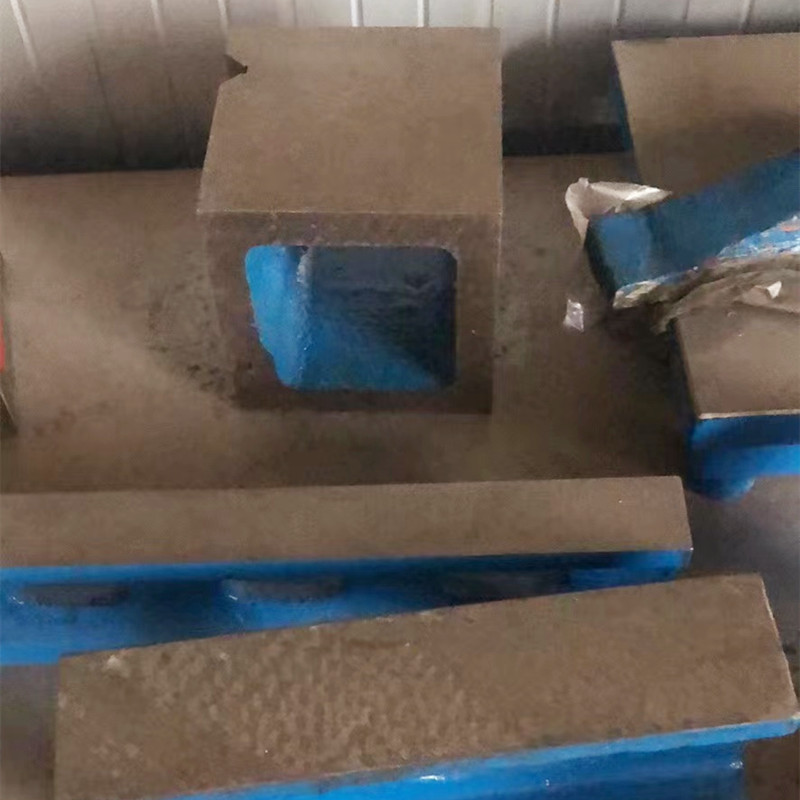Sep . 14, 2024 12:35 Back to list
backflow check valve
Understanding Backflow Check Valves
Backflow check valves are essential components in plumbing and water management systems. Their primary function is to prevent the backward flow of water, ensuring that potable water supplies remain uncontaminated. These valves play a crucial role in various applications, including residential plumbing, industrial processes, and irrigation systems.
The basic principle behind a backflow check valve is simple it allows fluid to flow in one direction while preventing reverse flow. This is achieved using a mechanism that automatically closes when the flow direction changes. There are different types of backflow check valves, including swing check valves, lift check valves, and ball check valves. Each type has its unique design and applications, tailored to specific needs and fluid dynamics.
Swing check valves operate with a hinged disc that swings open to allow flow. When the flow reverses, gravity closes the disc, effectively blocking the reverse flow. This type is commonly used in systems where the flow rate is significant, as they can handle larger volumes of water without much resistance.
backflow check valve

Lift check valves utilize a moving piston or a ball mechanism that lifts when the pressure of the incoming flow exceeds a certain level. Once the pressure decreases or reverses, the piston or ball descends back into place, sealing the valve. These are often found in high-pressure systems and can be more sensitive to flow changes.
Ball check valves, equipped with a ball that sits against a seat, provide an excellent seal against backflow. This type of valve is advantageous in systems requiring frequent operation and where space may be limited, as they can be installed in various orientations.
Proper installation and maintenance of backflow check valves are critical to their effective operation. Regular inspections are necessary to ensure that there are no obstructions or wear that could impair the valve's functionality. In many jurisdictions, local codes require backflow prevention devices, especially in areas where contaminated water could pose a risk to public health.
In summary, backflow check valves are vital for protecting water supply systems from contamination. By ensuring that water flows in a controlled manner and preventing reverse flow, these valves help maintain the integrity of potable water and safeguard public health. Whether in residential settings or large-scale industrial applications, understanding and utilizing backflow check valves is essential for effective water management.
-
Why Metric Trapezoidal Thread is Ideal for Precision Motion ControlNewsAug.05,2025
-
The Unique Properties of a Block of Granite for Industrial UseNewsAug.05,2025
-
The Role of Flanged Y Strainers in Preventing Pipeline ClogsNewsAug.05,2025
-
The Importance of Regular Calibration for Master Ring GagesNewsAug.05,2025
-
How a Cast Iron Surface Table Enhances Accuracy in ManufacturingNewsAug.05,2025
-
Comparing Different Check Valve Types for Optimal Flow ControlNewsAug.05,2025
Related PRODUCTS









